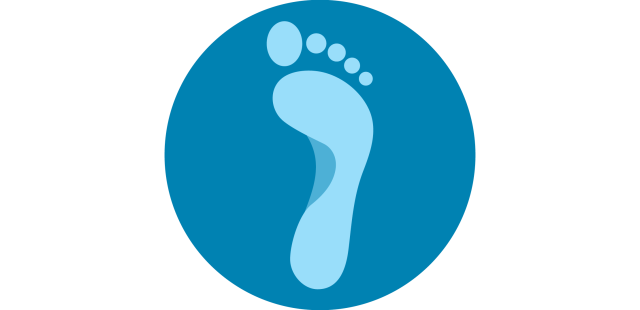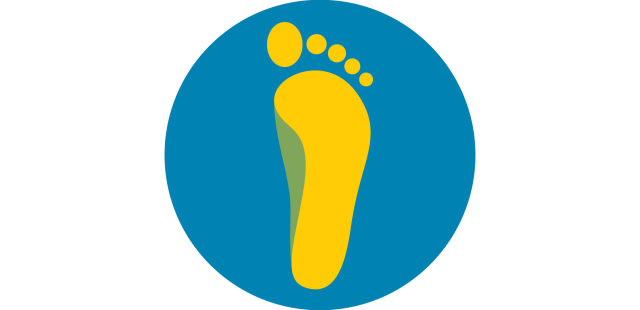Take The Wet Test: Learn Your Foot Type
A simple wet test can tell you if you have flat or high arches, helping you to choose the right pair of running shoes.
A simple wet test can tell you if you have flat or high arches, helping you to choose the right pair of running shoes. – By The Runner’s World Editors,
One method to find out more about your feet is to look at the shape of your arch by taking the “wet test.”
1) Pour a thin layer of water into a shallow pan.

2) Wet the sole of your foot.
3) Step onto a shopping bag or a blank piece of heavy paper and stand on that leg.
4) Step off and look down.
* * *
Look at the shape of your footprint and compare it with those at the bottom of the page.
Note that the wet test only gives you one clue in the process of finding the right shoe. While many runners fall into the categories described below, some people have flat feet that are stiff and some have high but flexible arches, for example. Other variables such as your weight, biomechanics, running experience, and fit preferences come into play.
You should try on and run in any shoe before you buy it, to see whether it feels right for your stride. Ideally, a fit specialist from a specialty running store can assist you by asking questions about your running and injury history, looking at your old shoes, and observing you run. If you have a history of injury, you should consult a medical professional such as a sports podiatrist or physical therapist to help you with appropriate treatment, a recovery training plan and a more formal assessment of your running shoe needs.
* * *
Normal (Medium) Arch

If you see about half of your arch region filled in, you have the most common foot type. Usually, this means you have an arch that naturally supports your bodyweight and pronates normally under load. Some pronation or “rolling in” of the foot is desirable and acts as a natural shock absorber. Most runners with this pattern can wear just about any shoe.
Flat (Low) Arch
If the arch of your footprint is filled in, it’s likely that your foot collapses inward when you run. This acts as a shock absorber, but the additional rolling in of your foot may stress your feet and knees, adding to your injury risk. Usually, we would recommend shoes with more stability, such as internal wedges that build up the arch side, dual-density midsoles and supportive “posts,” or wider, more substantial midsoles.
High Arch
If your footprint shows little or no contact along the outside edge and you see just your heel and the ball of your foot, you have a “high” arch. Your foot may not roll in much when you run, but it doesn’t absorb much shock. We would usually recommend you use a well-cushioned shoe with little or no arch support or stability features.
Ready to look for a new pair of running shoes? Get out our Shoe Buyer’s Guide and find the perfect pair for you!






